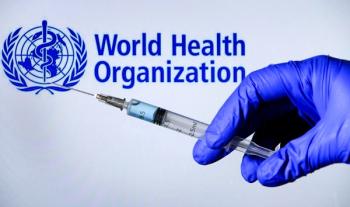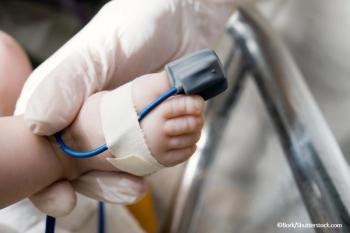
Anal 'Pap Smear' Detects Dysplasia
LOS ANGELES -- Like a Pap smear, detection of abnormal anal cytology is clinically useful in HIV-positive gay men to predict the presence of anal dysplasia, according to researchers here.
LOS ANGELES, March 22 -- Like a Pap smear, detection of abnormal anal cytology is clinically useful in HIV-positive gay men to predict the presence of anal dysplasia, according to researchers here.
In a study of 235 men, the positive predictive value for any anal cytological abnormality to predict any degree of anal dysplasia was 95.7%, according to Ross Cranston, M.D., of the Center for Clinical AIDS Research and Education at UCLA.
On the other hand, the screening was less accurate when it came to high-grade lesions, with a positive predictive value for high-grade anal dysplasia of 55.9%, Dr. Cranston and colleagues reported in the February issue of the International Journal of STD & AIDS.
The clinical implication is that any abnormality on screening should be referred to high-resolution anoscopy and biopsy to determine the degree of dysphasia and begin consideration of treatment, the researchers said.
The researchers screened 244 men between February, 2002 and December, 2004 and 29% of patients had normal anal cytology, 67% had abnormal cytology and 4% of samples were unsatisfactory for interpretation, using the Bethesda 2001 system.
Of the 164 men with abnormal cytology, Dr. Cranston and colleagues said the samples were classified as:
- Atypical squamous cells of undetermined significance (ASC-US) in 78 men, or 48%.
- Atypical squamous cells cannot rule out high-grade (ASC-H), in five men, or 3%.
- Low-grade squamous intraepithelial lesions (LSIL) in 76 men, or 46%.
- High-grade squamous intraepithelial lesions (HSIL) in five men, or 3%.
All the men were referred for high-resolution anoscopy and biopsy, and 93 had the procedure, Dr. Cranston and colleagues said. Some refused and others have not yet made the appointment, they added.
While only 6% of the cytology results indicated high-grade lesions, the researchers found, 52% of biopsy specimens were either grades 2 or 3 anal intraepithelial neoplasia.
"Anal cytology underestimated the degree of anal dysplasia," the researchers said.
Because men with normal cytology were not referred for anoscopy and biopsy, the researchers were unable to calculate a negative predictive value, they said.
However, given ability of cytology to detect any grade of anal dysplasia, "clinicians may be confident that an abnormal cytology result is likely to indicate the presence of some grade of anal dysplasia," they said.
While anal cancer is rare in general, it is relatively common among HIV-positive gay men, with an incidence of between 70 and 80 cases per 100,000 population.
Like cervical cancer, it is associated with human papillomavirus, Dr. Cranston and colleagues said.
The researchers noted that - unlike other HIV-related cancers - the incidence of anal cancer has actually gone up in the era of highly active antiretroviral therapy (HAART).
That observation is possibly explained "by the fact that individuals with HIV infection taking HAART are living longer and allowing the anal canal to have prolonged exposure to oncogenic HPV in the context of relative immunosuppression," they said.
Newsletter
Enhance your clinical practice with the Patient Care newsletter, offering the latest evidence-based guidelines, diagnostic insights, and treatment strategies for primary care physicians.




















































































































































































































































































